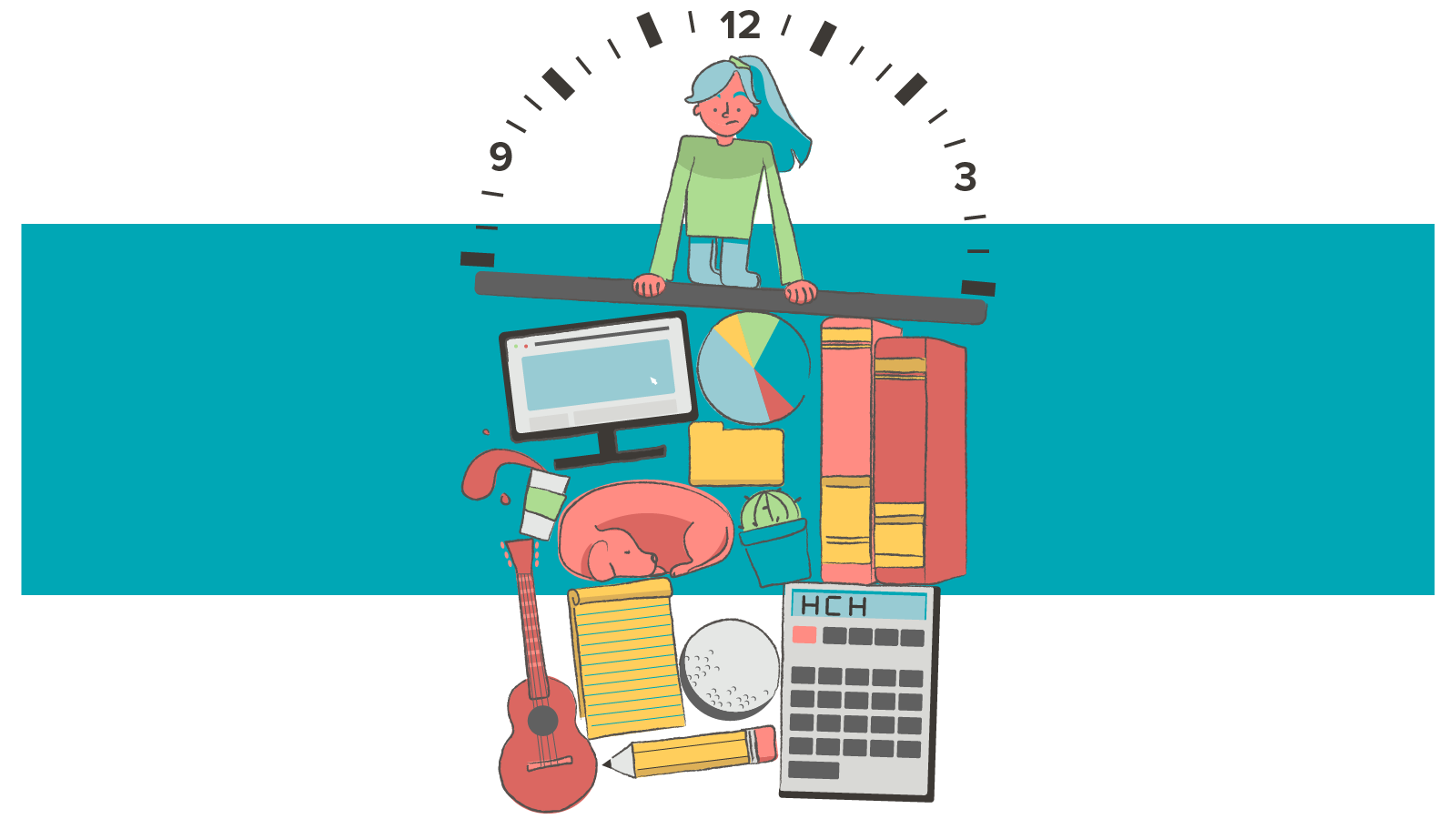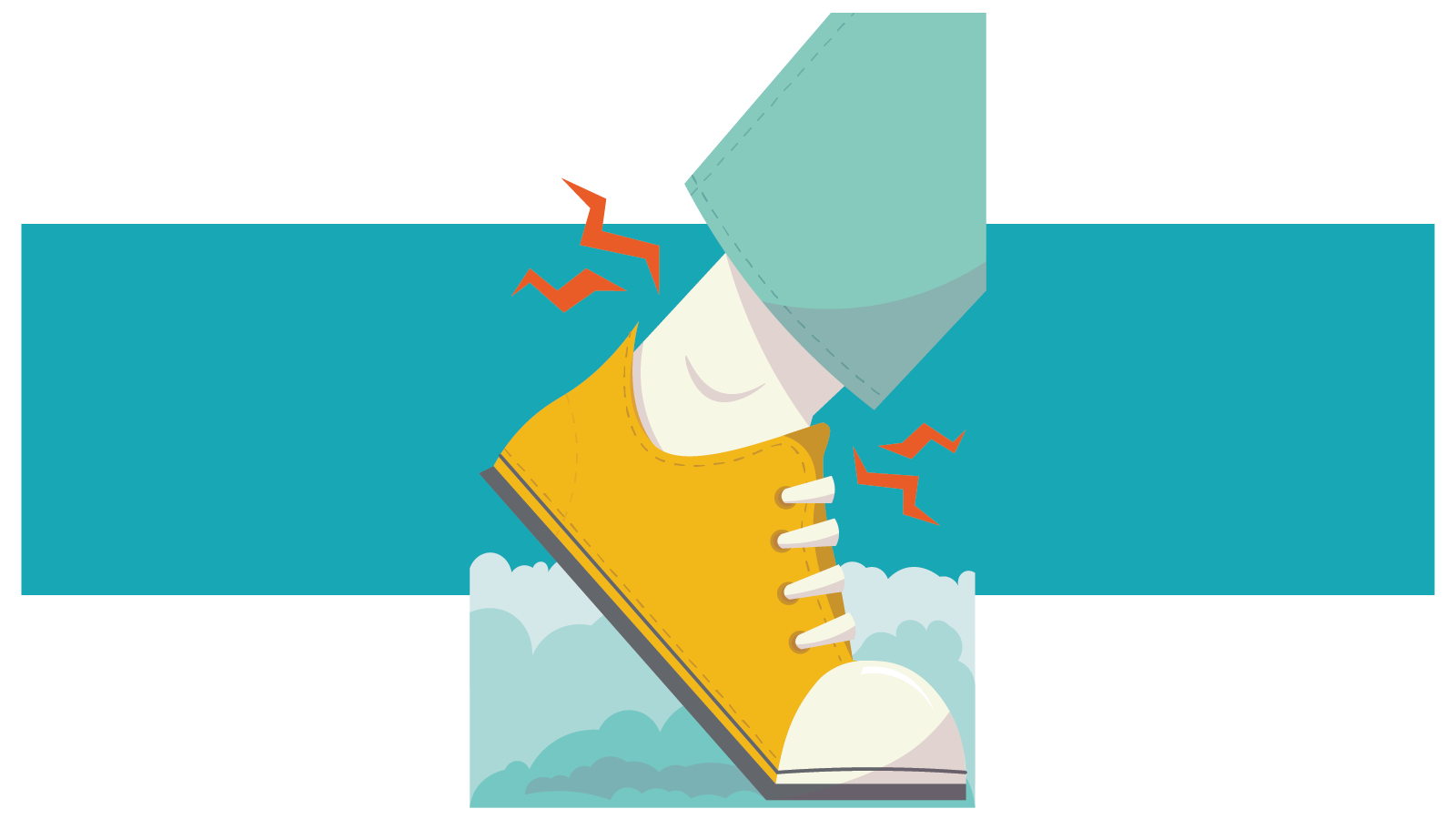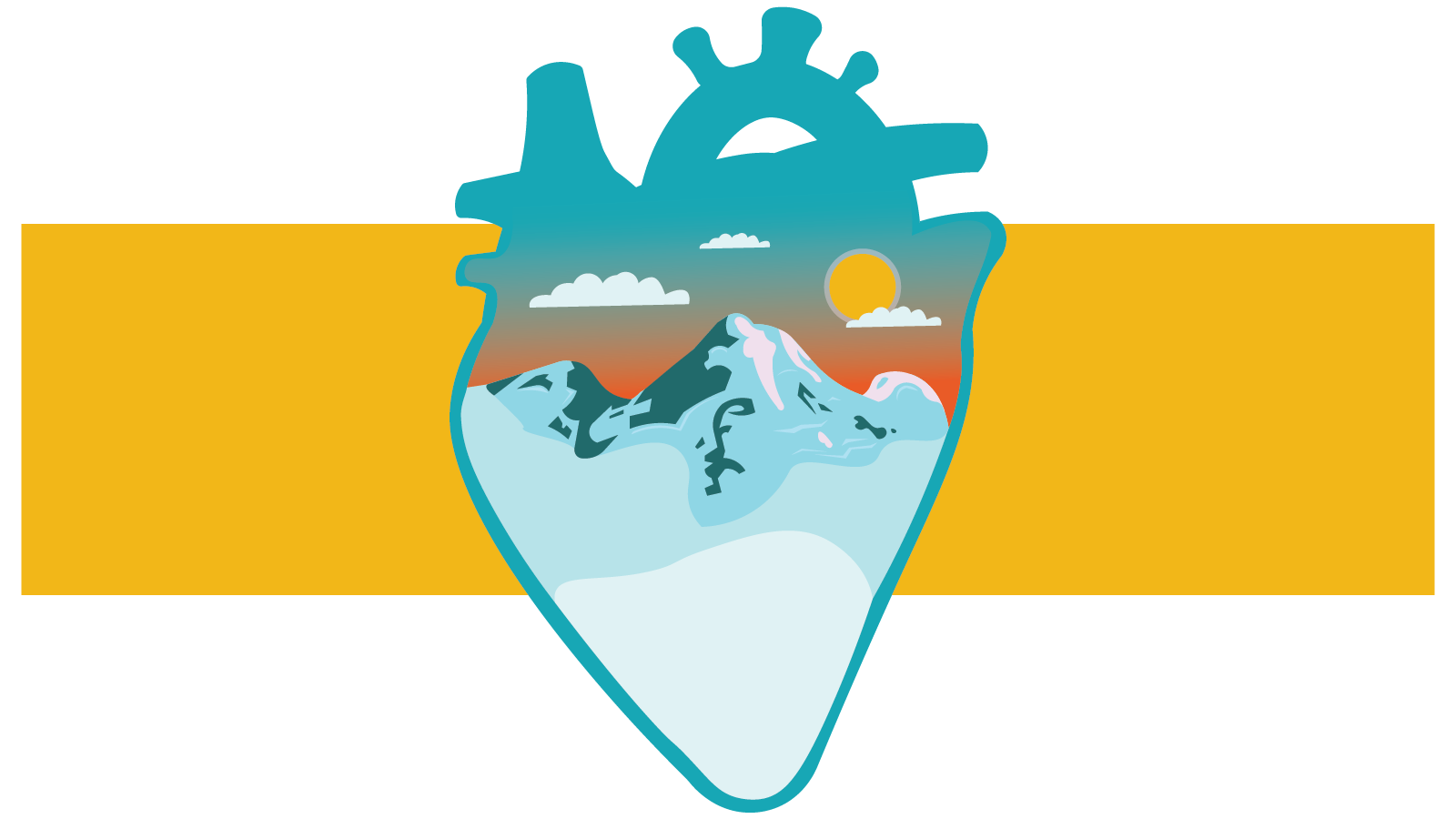Overcoming Winter Aches and Pains
Some people think they can predict the weather because they “feel it in their bones.” Some studies suggest there may be some truth to that.
4 min read
Healthcare Highways : Aug 12, 2022

83% of US workers are stressed as a result of work.
Let’s face it — the stress we feel in our bodies is personal. When the brain responds to physical and emotional stressors, it triggers the sympathetic nervous system (SNS) to self-protect the body in one or more ways:
Whether we realize it or not, our bodies are hardwired to brace against perceived threats to what we value most — values like safety, dignity, autonomy, belonging, and survival itself.
Shallow breathing, tense shoulders, increased blood pressure and upset stomach are signposts telling you that your SNS is working as it should.
In 4 Tips for Healthy Aging, we looked at how stress causes muscles to tense up and brace against pain: “Prolonged tension not only leads to headaches, lower back pain and increased likelihood for re-injury, but it is directly linked to higher risk of heart disease, a weakened immune system, and an increased risk of Alzheimer’s later in life.”
It is completely normal and healthy to feel stressed from time to time. However, prolonged periods of stress can lead to unhealthy coping behaviors over time and contribute to decreased physical and mental health stability.
Active Minds, a mental-health-focused nonprofit for young adults, emphasizes our relationship to stress and anxiety and shares options here, like square breathing, for guiding ourselves through difficult and uncomfortable moments.
It is important to learn about our natural stress responses so we can notice and respond mindfully to the reality of stressors in our lives.
So, what now, in the moment stress shows up? While our bodies respond to perceived threats through the SNS, our bodies can respond to stress responses through the parasympathetic nervous system (PNS) — also known as the “rest-and-digest” response.
Breath work and meditation are two simple ways to activate the PNS.
Breath work is the practice of working with your respiratory system to maintain equilibrium. Reminding yourself to breathe deeply and exhale can change how you experience and behave in a stressful moment.
In this state, the SNS calms and is able to reactivate executive functions like critical and creative thinking while decreasing emotional reactivity.
Where there is breath, there is life!
In the American Psychological Association's annual Stress in America report, work was the #1 source of stress for employed Americans — 66% reported it as a significant source. Next was money, which 61% of surveyed Americans reported as being a significant stressor.
Finding a sustainable routine that works for you is easier said than done. But, with a little dedication, it is completely doable. It might seem difficult to break normal routine or figure out how to prioritize yourself daily. Just like forming any habit, it is important to start small and incorporate just one or two new changes into your routine. Here are a couple of things that you can start with to reduce stress levels:
It happens. Sometimes you need to stay late to meet a deadline, finish a project, or just need extra time to catch up. Putting in extra work can show you are dedicated to your job and passionate about what you are working on. Nothing wrong with that! However, without boundaries, your ability to dig deep has an expiration date.
95% of HR leaders stated that employee burnout was the main force in crippling workforce retention. Filling your free time by catching up on work is an easy way to become overwhelmed. Make sure to take breaks and establish your working hours. Set email autoreplies for when you will be available or speak to your supervisor about limiting communication outside of the office.
Have you ever gone throughout your workday and suddenly realized you forgot something? Whether it be a deadline, an unfinished task, or a half-written email, you panic. Everything else on your plate must be pushed aside so you can scramble to get it done. Now, all the items you thought would be completed today must be pushed to tomorrow, only adding more stress.
Here are a few helpful tips:
A great break in the day is the one-hour break for lunch. Make sure you use it as a break! Use the time to enjoy your food, call a friend or family member, take a walk, or listen to a podcast!
According to the American Psychological Association, “adults who sleep fewer than eight hours a night are more likely to report symptoms of stress”. One great way to prepare for a good night’s rest is to have a nighttime routine or ritual to help you wind down for the day.
It is easy to see an email or message pop-up about work after you have finished with your workday. How urgent is the issue? Can it wait until tomorrow? It is easy to feel consumed and overwhelmed with work if you do not designate a space to escape it. Try to designate a couple of hours each day with no screens.
Many physical and mental exercises are proven to help relieve stress. Read our article on how to start your fitness routine here. Or, if introducing daily movement seems daunting at this time, try focused breathing techniques.
Taking small steps to reduce stress both in the office and at home can have a long-lasting impact on your mental health.
If you find yourself struggling with stress, reach out to your personal healthcare provider for more information and to find a solution that works best for you. If you need help finding a provider or have additional questions, contact our Customer Experience Advocates team and they will help you through the process.

Some people think they can predict the weather because they “feel it in their bones.” Some studies suggest there may be some truth to that.

Hypothermia, frostbite, trench foot, chilblains—without preparation and proper equipment, these cold-weather injuries can take down anyone, no...